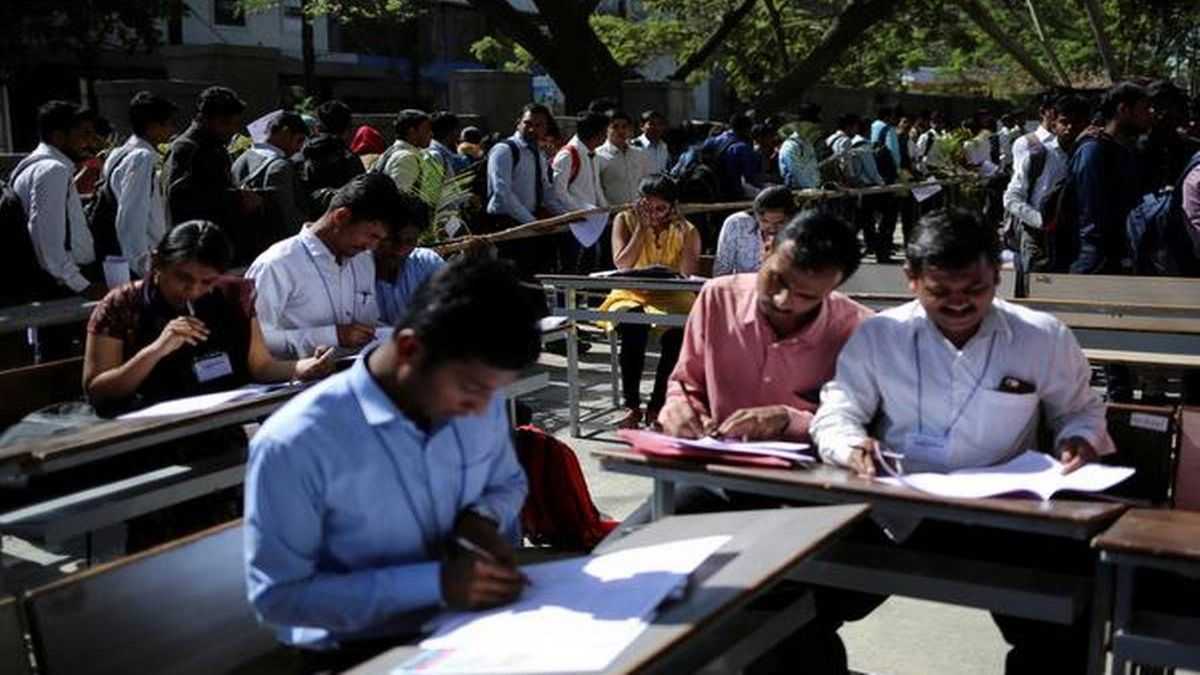Highlights:
- Unemployment in Rural India on a rise
- Unemployment in Urban areas has started to cool down slowly
- Overall unemployment in India has reached 7.94%
As the summer crops sowing season is almost coming to an end, the unemployment rate in Rural India has started to rise. In this week, the rural unemployment rate has surged to 7.1% which ended on 19th July compare o 6.34% recorded in the previous week as per the data shared by the Centre of Monitoring Indian Economy (CMIE).
Even though it is lower than the week before India went under a complete lockdown on the 25th of March, economists assume that it will see a gradual climb in the weeks to come and the job recovery in July will not be significant.
Though the overall national unemployment rate has climbed up to 7.94% in the week which ended on the 19th of July, from 7.44% the previous week. The Urban unemployment rate has dropped to 9.78% from 9.92% in the same period of time as per the data shared by CMIE.
Experts and economists believe that the labour market will witness a bigger challenge over the next few months in not just the Urban parts of the country but also the Rural parts. In the rural part of India, sowing season has almost ended and monsoon is going to pick up the pace soon in parts of India and along with the natural calamities such as floods will restrict activities in both agriculture sector and the partially limit low-end self-employment areas.
In Urban areas, which even now stares at patches of lockdown owing to the novel Coronavirus, the slow recovery of business will hold back faster recovery which the country witnessed in the month of June.
Arup Mitra, Professor of Economics at the Institute of Economic Growth, New Delhi said, “The sowing season is nearing completion and strain in the rural labour market will be visible in coming weeks. The National Rural Employment Guarantee Scheme (NREGS) is helpful but may not able to able to take the pressure off and absorb all the people during the rainy season, who were earlier largely deployed in agriculture activities,”.
Prof Mitra said while the data of SMIE shows that rural employment scenario is better in recent weeks, “we must take note that a higher labour force participation rate in agriculture means only marginal growth in productivity of labour. Immediate income growth is not there,” and added that both states and the centre must come together and devise a strategy to push the growth of the non-farm sector in the rural parts of the country which can help absorb people in decent jobs.
Prof Mitra also said that the slow recovery of businesses and the urge to cut costs by the employers for survival has a direct bearing on the employees.
A farmer from the Prunia area in Bihar said, “Farmers with good landholding are doing fine but people who don’t have enough lands or working as daily wagers are facing a real problem. The lack of cash in hand is a problem, and this is and this will prompt people to go back to urban areas again despite the bad living condition there. This is where non-farm activities and white-collar jobs at the regional level will be of help,”.


